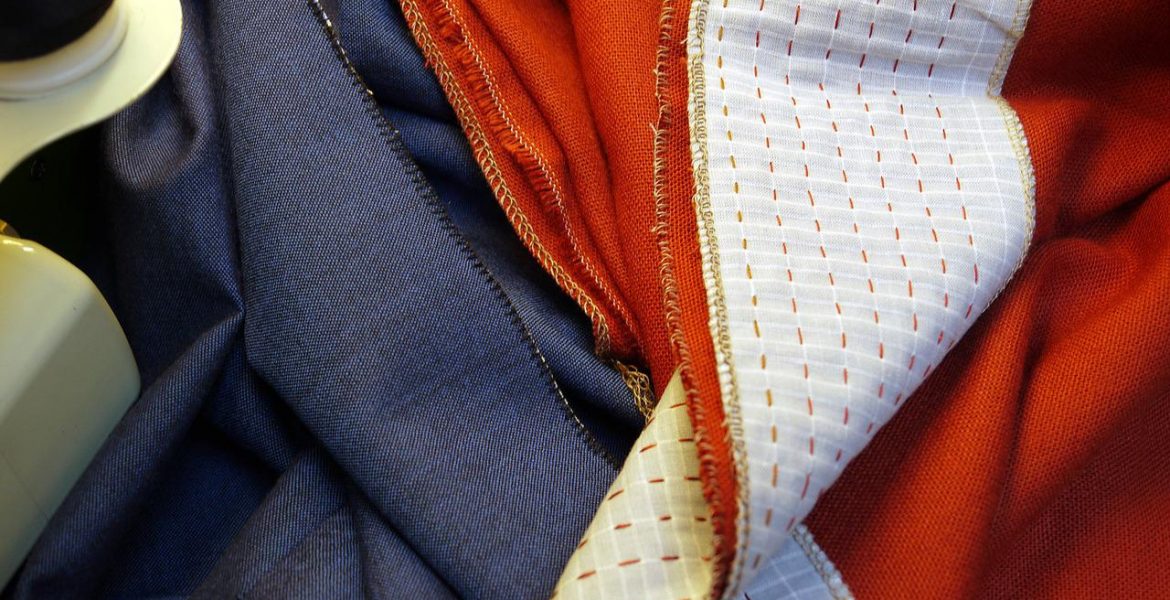Switzerland’s traditional clothing is very unique. Their motifs include edelweiss flowers, mountains, and cows with cowbells that define the folk culture of the place.
Traditional Switzerland clothing plays a vital role in its culture and society. If you want to know more about these clothes and what makes them unique, you’re at the right place.
Traditional Clothing in Switzerland
Switzerland’s folk clothing has played and continues to play an essential symbolic role in the preservation of national values and cultural heritage, as well as in forming a sense of people’s unity.
National costumes are only worn on exceptional occasions such as folk festivals, weddings, harvest festivals, and other celebrations.
Each family member had regular clothing and a formal suit for Sundays or important occasions. However, special outfits were few in possession, considering the limited access to materials required to make clothing. People usually had significantly fewer garments since hand-washing was so time-consuming.
Textiles have a long history in Switzerland. The rural Swiss was extremely self-sufficient, producing most of what they needed, including food, clothes, shelter, and resources and materials. To make linen, for example, wool was gathered from local sheep and produced flax. When spun and woven, these fibers generated a basic homespun cloth used to make work clothing.
Traditional clothing in Switzerland for women
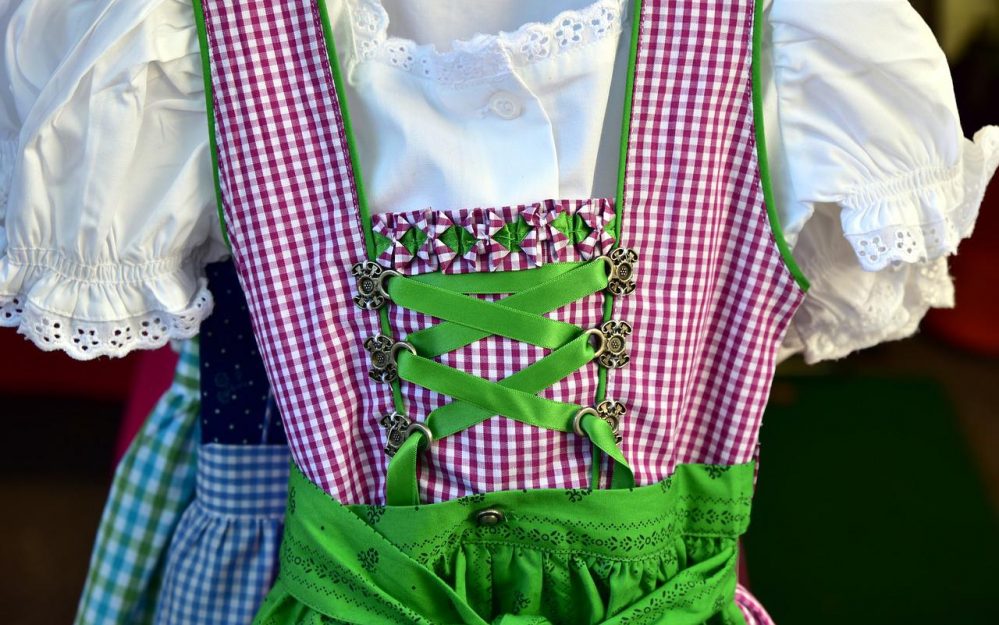 The dirndl, as it is now called, was the basis of women’s clothing in Switzerland. A voluminous skirt gathered at the waist is paired with a vest or sleeveless dress fitting extremely firmly on the bodice in this primary costume. The bodice and skirt are usually in different colors and shades, such as red, green, or black. Typically, the dress is paired with a white blouse, stockings, black slip-on shoes with a fancy metal buckle and flap on top, a shawl, and a hat or headpiece.
The dirndl, as it is now called, was the basis of women’s clothing in Switzerland. A voluminous skirt gathered at the waist is paired with a vest or sleeveless dress fitting extremely firmly on the bodice in this primary costume. The bodice and skirt are usually in different colors and shades, such as red, green, or black. Typically, the dress is paired with a white blouse, stockings, black slip-on shoes with a fancy metal buckle and flap on top, a shawl, and a hat or headpiece.
The diverse clothing of the 26 cantons and regions reflects variations of this basic outfit. Shoes, stockings or socks, shawls, scarves, caps, and headdresses may have different design features depending on the location. Color selections for skirts, aprons, and blouse cuts, for example, might differ from place to place.
There was extensive use of aprons as part of the outfit. One could have multiple aprons, but only a few dirndls. The front of the dirndl’s skirt is covered by the apron. That enables protection of the dress front during everyday wear or, in many cases, is also used for decoration.
Traditional clothing in Switzerland for men
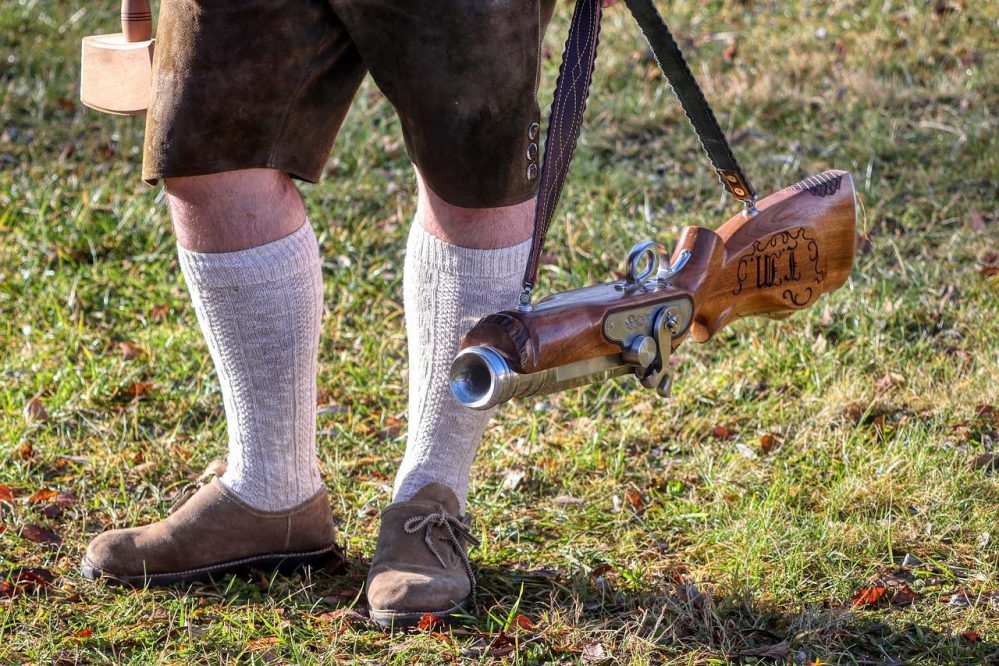 Men’s everyday clothes indicated the wearer’s profession. Trousers, smock shirts, and protective headgear were among the most common clothing. The components were frequently constructed of homespun cloth, which was heavier in the winter and lighter in the summer.
Men’s everyday clothes indicated the wearer’s profession. Trousers, smock shirts, and protective headgear were among the most common clothing. The components were frequently constructed of homespun cloth, which was heavier in the winter and lighter in the summer.
They made clothes to suit different purposes and activities. A reflection of activities such as walking, climbing, and walking is seen on the clothing to suit these activities. Short, knee-length pants with suspenders were frequently constructed of leather for durability and safety when hiking or climbing. Shirtsleeves were often cut short, and cable-knit knee-high socks were worn with thick boots.
For males, everyday clothing was frequently covered in smocks, while more elaborate suits of matching outfits were used for more formal dress. These might include non-standard accessories such as jewelry, trimmed belts and caps, and buckled shoes.
Traditional clothing in Switzerland for children
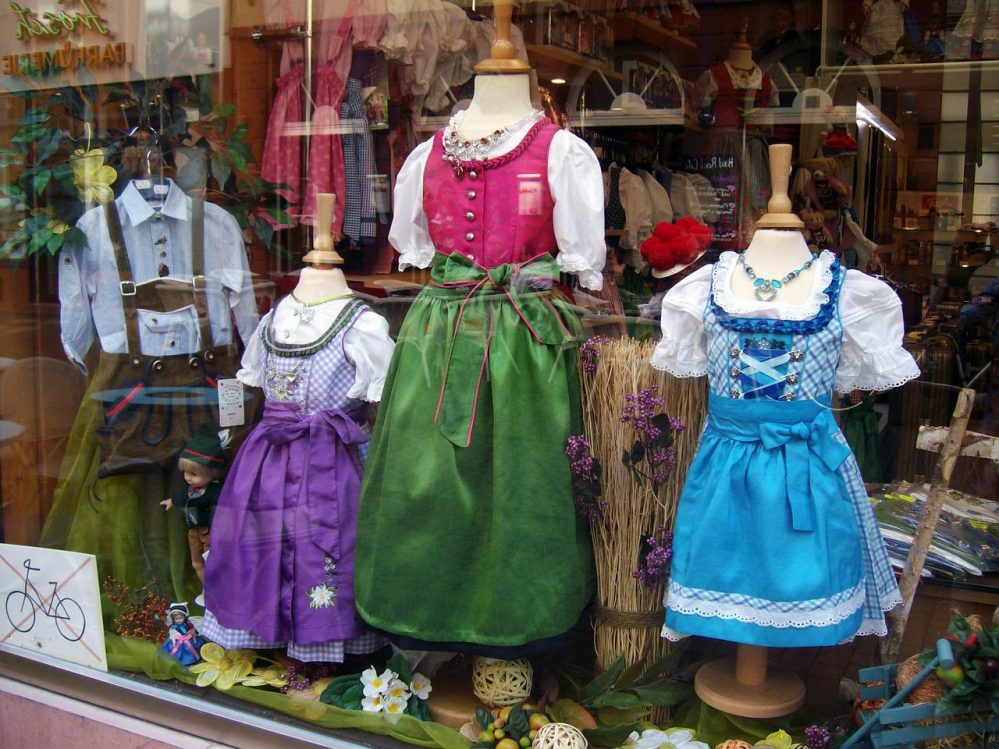 Children’s clothing is frequently tiny replicas of what adults wear in the region. Differences emerge in the color schemes chosen for each region’s outfit. In Zug, for example, ladies generally wear ecru- or cream-colored costumes, whereas girls wear light blue and white–striped dirndls with yellow-ish pinafores.
Children’s clothing is frequently tiny replicas of what adults wear in the region. Differences emerge in the color schemes chosen for each region’s outfit. In Zug, for example, ladies generally wear ecru- or cream-colored costumes, whereas girls wear light blue and white–striped dirndls with yellow-ish pinafores.
Traditional Clothing for Swiss Festivals
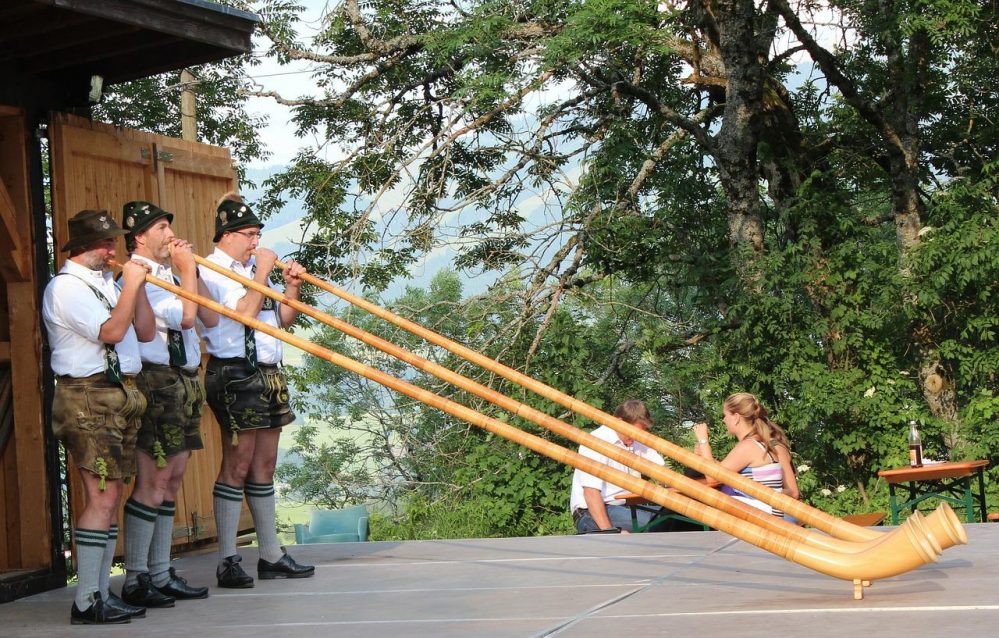 According to the Encyclopedia of National Dress, a determined attempt was made in the early nineteenth century during the Alpine Cowherds’ Festivals of 1805 and 1808 to retain some semblance of a Swiss national attire. These festivities were followed in contemporary times by the Unspunnen festivals in the twentieth century.
According to the Encyclopedia of National Dress, a determined attempt was made in the early nineteenth century during the Alpine Cowherds’ Festivals of 1805 and 1808 to retain some semblance of a Swiss national attire. These festivities were followed in contemporary times by the Unspunnen festivals in the twentieth century.
At most festivals, you can see men wear a short red canvas jacket over a half-sleeved shirt and black trousers. The ladies are dressed in silk aprons, long-sleeved coats, and straw hats with ribbons hanging from the brim. For those looking to celebrate Swiss traditions in their own way, you can also make custom shirts inspired by these historic styles.
Beautiful gold lace hats in St. Gallen and skirts with gold and silver decorations in Unterwalden are examples of traditional women’s apparel. The men wear a short leather outfit known as lederhosen in the Swiss Alpine region. Slip-on leather shoes are popular among both men and women.
Fun Facts on Traditional Clothing in Switzerland
- Switzerland has been producing cotton since the 12th century. Geneva had become a major European cotton manufacturer by the 17th century and the Swiss cotton is still a high-quality fabric today.
- Women have historically played a relatively conservative and conventional position in Swiss society. Girls were trained at school to do things at home in traditional ways. Embroidery and other types of ornamentation were widespread on garments and accessories since women were typically taught needlework from a young age.
- Mountains serve as natural boundaries between cantons and villages, resulting in physically close but separate communities within short distances. This resulted in many differences in the way different people of different communities used to wear.
- Clothing choices for men and women were influenced by factors such as marital status, social class, and age. People could quickly tell if someone was single or married and what class they belonged to based on their clothing style. In Appenzeller, for example, married ladies wore gold aprons, décolleté inserts, and gold jewelry, but unmarried women were only permitted to wear silver accessories. Obwalden single ladies braided their hair with a white ribbon and secured it with a customary silver hair clip. When married, a lady wore a distinguishing white illustration of the dirndl and its components.
If you’re visiting Switzerland from abroad, there are local stores where you can try on traditional Swiss attire for an authentic cultural experience. But make sure to get a certification of translation accuracy for your documents if you need a visa.
The Bottom Line
Wearing traditional clothing symbolizes national identity and affection for people. Many people wearing the same conventional attire together convey a sense of patriotism as well as cultural and interpersonal connectedness and a sense of belonging to the nation.
Switzerland makes the most in trying to keep the culture alive by organizing and participating in festivals, bringing together costumes and cultures over time.

